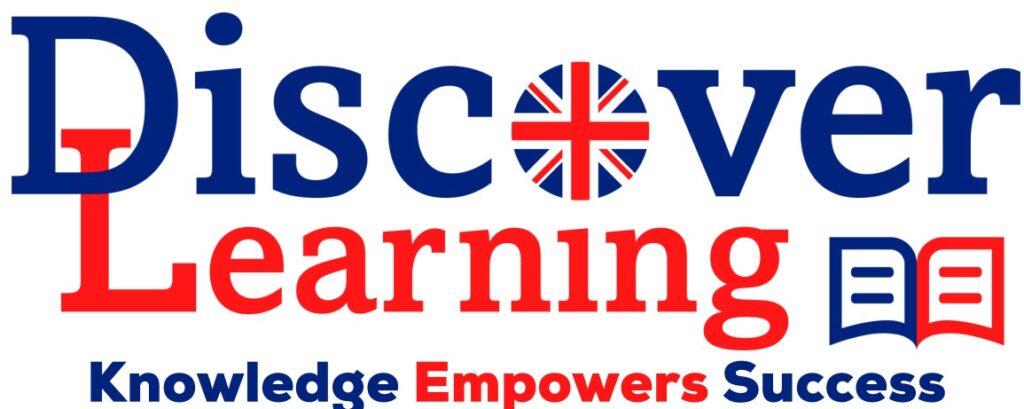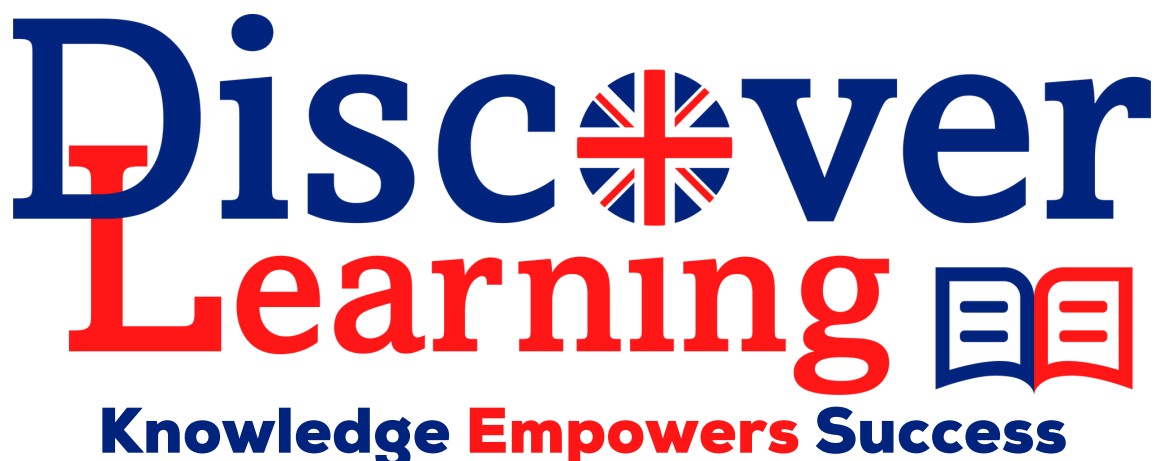Have you ever been on a course where:
1.The trainer went through their material so fast that you barely learned a thing?
2.The content was so complex that it went completely over your head?
You may have been experiencing Cognitive Load.
Cognitive Load Theory has become an increasingly popular concept within education. It focuses on how we present information to learners and how to help tailor our instruction to them as efficiently and effectively as possible. It therefore has many implications that can be used in the classroom.
Our memory can be divided into two, Working Memory and Long Term Memory. Our Working Memory has a limited capacity, 5 to 7 pieces of information at most, to learn and it is very easy to overload the Working Memory with new information.

Once the Working Memory becomes overloaded it struggles to function properly and makes processing new information very hard. As such, we, as teachers, must be conscientious of what we are asking our students to take on board. By organising lessons thoughtfully we can help students prevent cognitive overload in the classroom.
The theory came out of John Sweller’s research into problem-solving in the 1980s. Sweller wanted to understand the ways in which humans gain knowledge and how the cognitive load can be reduced to retain information for longer.
Applying Cognitive Load Theory to the classroom can help reduce the likelihood of cognitive overload. This will therefore create a more focused approach to learning, allowing students to benefit more from the lesson. Here are some simple tips for preventing cognitive overload in your classroom:
Redundancy effect
The redundancy effect, Sweller says, occurs when students are presented information that isn’t necessary, which they must process in working memory. This will lead to an extraneous cognitive load.
‘The ubiquitous use of PowerPoint has contributed to the problem of redundancy,’ Sweller shares. ‘Instead of just using PowerPoint to present diagrams or main points, some instructors present large amounts of identical information in both spoken and written form.
‘The consequence is to overload working memory, since students need to simultaneously process and coordinate both written and spoken sources of information. Requiring students to unnecessarily coordinate these two sources of information results in the imposition of an extraneous cognitive load. More learning occurs if only the spoken or the written information is presented rather than both.’
Worked Examples
Worked examples are a useful tool to use when students are new to a topic. Usually, all their attention goes into solving a problem which might leave little room in their working memory to remember what steps they took to solve this problem.
But if you give students step-by-step demonstrations on how to solve it (and crucially, keep these steps in their eyeline, so they don’t have to hold it in their limited working memory), therefore reducing their cognitive load. They can then help transfer this information to their long-term memory and provide them with the strategies they will need to solve similar problems in the future.
Split-attention effect
So, what about when you’re presenting static visual information to students?
‘If a diagram is presented with words that merely redescribe the diagram, the words are likely to be redundant and so should be eliminated in line with the redundancy effect to reduce cognitive load,’ Sweller says.
However, he notes that a diagram does often need complementary text in order to make complete sense. So, in order to achieve the best presentation for both the text and diagram information to reduce the cognitive load as much as possible for students, the ‘split-attention effect’ should be taken into consideration.
This is when text that is critical for the diagram is physically integrated as much as possible within the diagram, as research has shown that this presentation facilitates learning more-so than split-source information (information coming from at least two clearly separated sources which, in this case, is visual and written).
For example, Sweller explains that the statement of ‘Angle XYZ = Angle ABC’ is pointless if it’s not accompanied by a diagram. However, if the statement and the diagram appear separately, a student would be required to mentally integrate them, which requires use of working memory.
Alternatively, physical integration (i.e. placing the text at appropriate locations on the diagram) eliminates a student’s split-attention between two sources of information, thereby reducing the cognitive load.
Modality effect
Sweller says another way to reduce cognitive load while presenting vital complementary information for a diagram is to present the text through audio, which is an example of the ‘modality effect’.
‘Dual-mode presentations under these circumstances allows the use of both visual and auditory working memory, thus expanding the working memory resources available and so facilitating learning.’
However, he notes that teachers should be conscious of not making the spoken information too long and/or complex in order to avoid the transient information effect.
The Imagination Effect
If a student is given a question to answer, then they can imagine the process they need to use to answer the question. This technique is recommended for more experienced learners.
One example is if a student is given a question that requires reading a graph to answer. When using the Imagination Effect, they would first imagine how they would read the graph, and what information they need to take away from it. Only then would they go on to actually solve the question.
Researchers found that students who imagined the instructions answered more questions correctly than those who did not imagine the instructions. Why is this? Well, mental representations are formed in our brain when we develop our knowledge on a topic. These schemas, which are knowledge structures, help us interpret the world around us. Imagining instructions allows students to automate these schemas, therefore causing less processing in the working memory.
Conclusion
Classrooms are exceptionally busy places. Students are bombarded with information from all around them, from their peers to the environment to the information from their teachers. Here at Discover Learning we apply Cognitive Load Theory to our lessons and hence achieve better outcomes for our students. If you’d like further information on what we do in our lessons please get in touch with our team.

